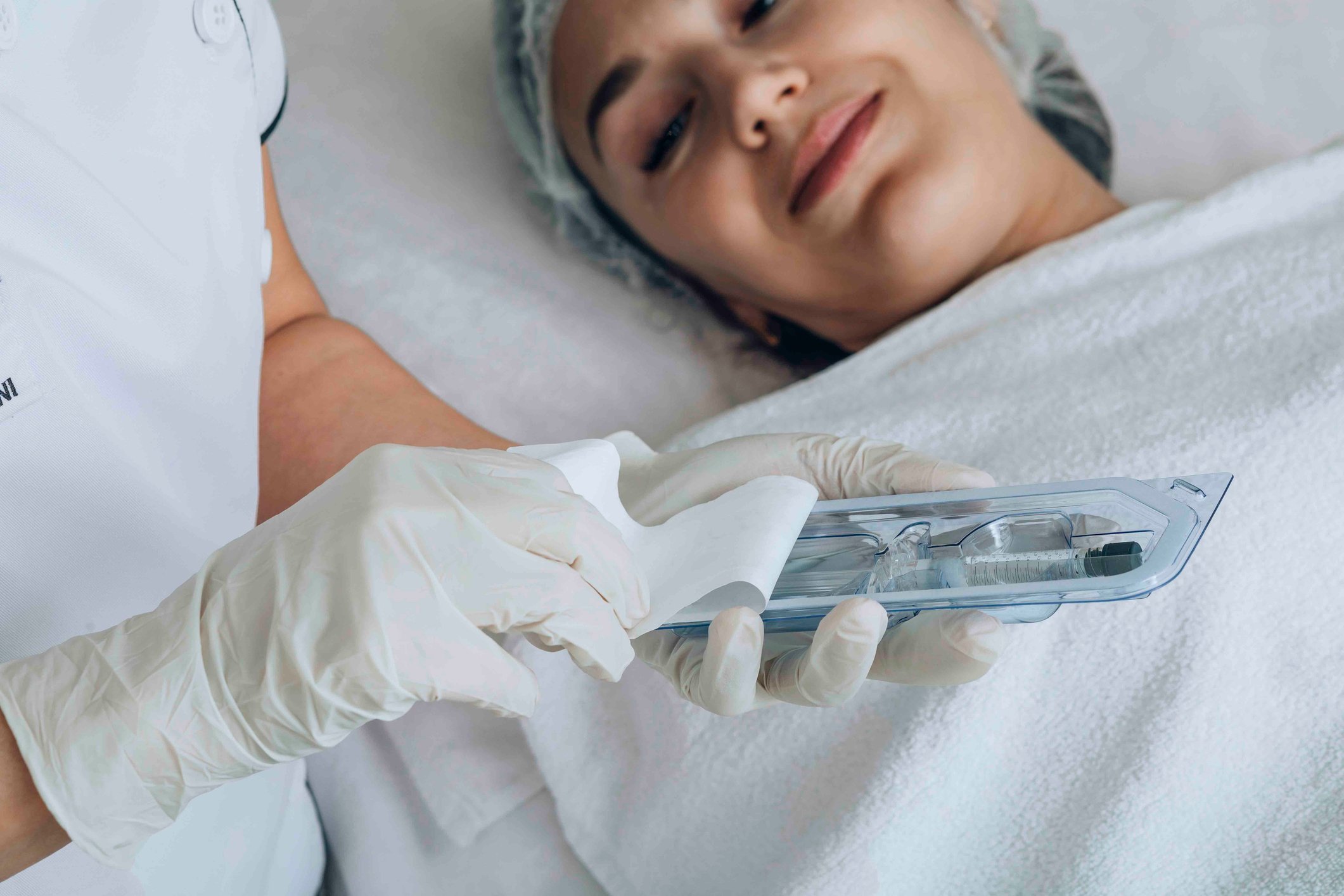From Finger Prick to Automation: How Technology Has Changed Millions of Lives
The chance to improve the lives of people dealing with medical conditions is just one of the many rewards of being a part of the medical industry. Companies whose work support pharma and medical device developers, like packaging, contribute the practical magic to help deliver hope to patients. For millions of patients living with the daily reminders of serious conditions like diabetes, relief from even a single sign of disease progression can feel like a victory. The progressive outcomes of Diabetes Type 1, with open wounds, loss of vision, limb amputation and other major effects can be devastating. Type 2, while less deadly, is also rampant. Together, they make what is happening today in diabetes innovation both necessary and inspiring.
The Holy Grail of Pharmaceutical Research: Saving Lives
It’s hard to believe that until 1922, diabetes was almost always a death sentence. Treatment included little more than extreme caloric restriction (from omitting carbs) that saw patients sometimes expire of starvation rather than lack of insulin.
Fortunately, researchers recognized that further study of the condition was paramount. Exactly 100 years ago, the work of Canadian research physicians, Grant Banting and Charles Best, led to the first human patient insulin injection, administered in 1922. That injection saved the life of 14-yr. old Leonard Thompson. Insulin shots carried him through an additional 13 years, before he died from pneumonia. In a sure case supporting the value of greater pharmaceutical research, from that time forward, Type 1 diabetes may have remained incurable, but it was at least survivable.

Fortunately, researchers recognized that further study of the condition was paramount. Exactly 100 years ago, the work of Canadian research physicians, Grant Banting and Charles Best, led to the first human patient insulin injection, administered in 1922. That injection saved the life of 14-yr. old Leonard Thompson. Insulin shots carried him through an additional 13 years, before he died from pneumonia. In a sure case supporting the value of greater pharmaceutical research, from that time forward, Type 1 diabetes may have remained incurable, but it was at least survivable.
Bovine and porcine-sourced insulin remained the lifeline for patients until 1980, when Eli Lilly brought to market the first synthetic insulin, Humulin. This new insulin was especially welcomed for eliminating the common allergic reactions suffered from nearly 60 years of animal-derived insulin.
Today, for both Type 1 and insulin-dependent Type 2 patients, insulin analogs are closing the gap between the roller coaster ride that has been diabetes management and steady, stress-free care routines. These new formulas, from makers that include Eli Lilly, offer fast-acting and long-acting insulin formulas that help patients achieve balance that comes closer than ever to a healthy individual insulin profile. And no conversation about transformative diabetes care would be complete without a look at the current and future potential of the medical devices that empower users with precise knowledge.
The Holy Grail of Diabetic Medical Devices: Freeing Lives
The modes of insulin delivery into the body have certainly evolved, which we’ll get to in a minute, and so have glucose monitoring methods. Until the 1960s, urine testing was the only at-home option for blood sugar checks. This was somewhat hazardous since, by the time glucose is detectable in urine, it is at a seriously high level. That meant that diabetic patients were still stuck on an imprecise roller coaster of blood sugar monitoring. Finally, in 1978, the Ames Eyetone became available for at-home blood-test glucose monitoring. In all its bulky, four-pound glory, the Eyetone was well-received. It produced accurate glucose readings in just one minute—though the needle-stick was still required.
Forty plus years later, pioneering companies like DexCom, with its G6 technology, and Abbott, with its Free Libre system, are freeing patients from finger sticks for glucose monitoring, while offering on-the-go, anytime readings thru an easy-to-use app. Instead of more than 1,000 needle pricks per year, these “patch-and-app” duos are taking the pain out of daily life with diabetes.
And finally, let’s talk about automated insulin delivery (AID) systems, aka, insulin pumps. Since day one of living with diabetes, the daily pokes and shots have made it decidedly unpleasant for every sufferer, every day. It doesn’t take much imagination on the part of non-diabetics to realize how annoying that reality would be. Fortunately, we are seeing promising developments—with lots of potential for more, in the works.
Medical device firms like Medtronic, Omnipod, and Tandem are leading the charge for comfort and convenience with new automated insulin delivery AID systems. In addition to reliable, minimally invasive design, today’s AID pumps are compatible with popular glucose monitoring apps.
As a part of the medical supply chain, we are inspired by full-circle progress like this—from research and development to proactive monitoring, treatment and disease management. As the medical packaging provider for some of the global leaders discussed throughout this article, we’re proud to work hand-in-hand with them to ensure that these life-saving products make it safely to patients across the globe.
Diabetes remains one of the most prevalent incurable conditions in the world. And while Type 2 diabetes is curable, its skyrocketing rates are concerning. Together, the two types afflict 415 million people worldwide—with more than half a billion projected patients by 2040.



